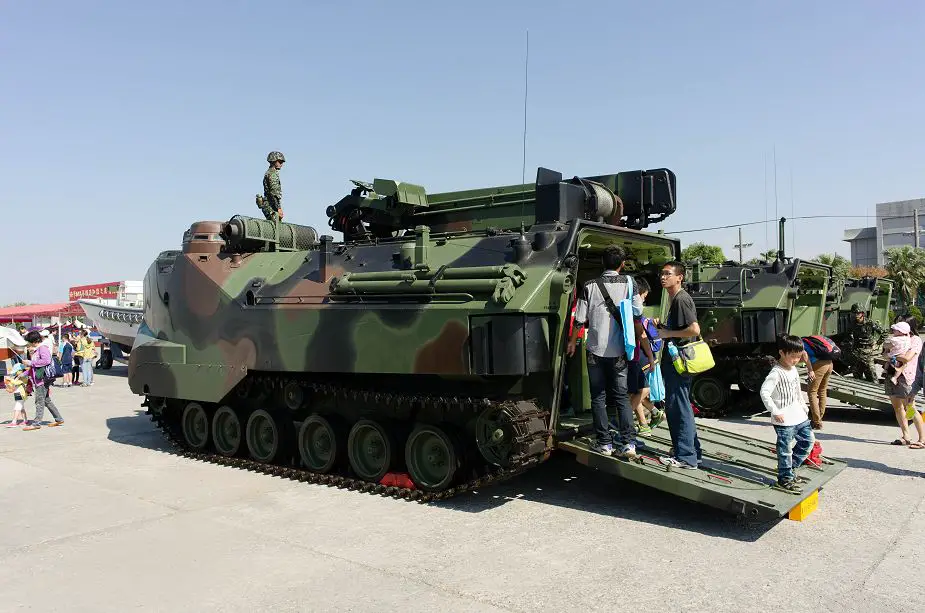AAVR-7A1 recovery version of LVTP-7 amphibious armored come back in service
The AARV7 (Assault Amphibious Vehicle Recovery), recovery version of the AAV-7 (Assault Amphibious Vehicle) also called LVTP-7 come back in service with the U.S. Marines at the Production Plant Barstow, Marine Depot Maintenance Command aboard Marine Corps Logistics Base Barstow, Calif. In 1983, FMC Corporation first produced the Assault Amphibious Vehicle Recovery Model 7A1. It was designed to recover similar and smaller size vehicles to provide support to the vehicles in the field.

AAVR-7A1 (Recovery) Display at Navy Fleet Command Ground (Picture source Wikipedia)
Although the AARV7 has been in use all this time, there has been no major overhaul of the existing vehicles, at least at Production Plant Barstow (PPB), since 1996.
The biggest challenge to renovating the AAVR7 is that many of the parts are no longer in production and the manuals for the vehicle are either non-existent or out of date. The AAVR7 deploys with AAV units and is capable of getting most of the lighter military equipment out of a jam.
The Assault Amphibian Vehicle, Recovery, Model 7A1 (AAVR7A1) was developed from the Landing Vehicle, Tracked, Recovery, Model 7 (LVTR7) and was renamed during 1985. The original LVTR7 was developed by the FMC Corporation (now United Defense LP) under contract to the US Naval Sea Systems Command to recover other members of the LVT7 family (the LVT7 is now known as the Assault Amphibian Vehicle or AAV).
On the right side of the hull is a hydraulic crane which can be elevated from 0 to +65º. Its boom is telescopic and can lift 2,722 kg at 6.553 m reach. A two-speed winch, with a maximum capacity of 13,608 kg on a bare drum at low speed and 1,878 kg on a full drum at high speed, is also installed. Equipment carried includes an air compressor, AC generator, workbenches, welding kit and a complete range of tools. If required, a tent can be erected at the rear of the vehicle to enable repairs to be carried out in bad weather or under blackout.




























